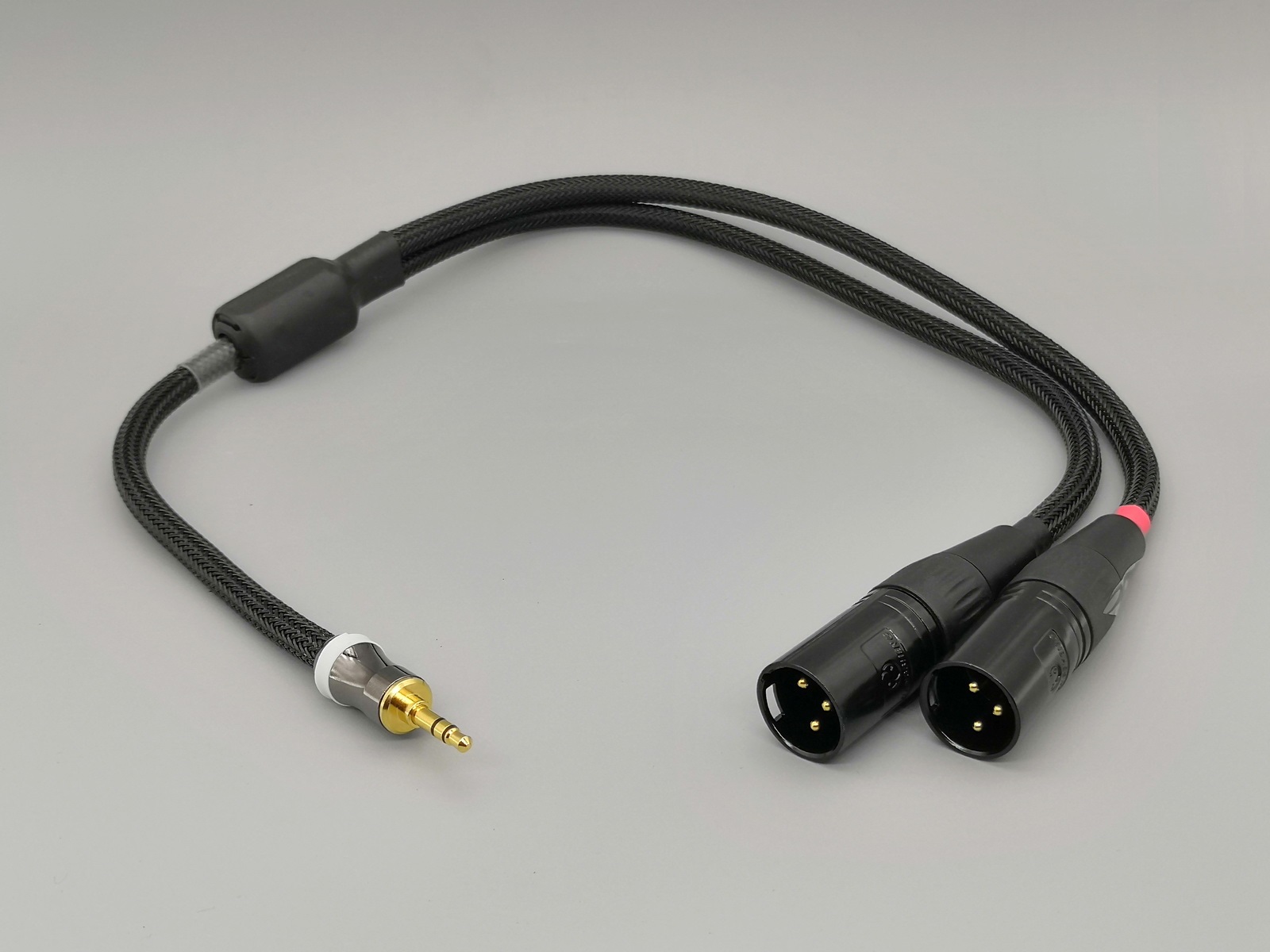- Joined
- Mar 8, 2021
- Messages
- 55
- Likes
- 42
Doing it is not a problem. I just can't really see the advantage of using STP over coax when it's essentially a single ended connection.
Do the adapters tie pin 1 to the RCA ground (along with pin 3), or do they leave pin 1 open? Or are they available both ways? I want to figure out which approach works with my equipment and provides the best noise rejection. It seems like using an adapter would just avoid the question instead of answering it.You also have option #4: Getting a pair of RCA-to-XLR adapters and then running a pair of XLR-to-XLR cables (of your desired length) all the way thru... such adapters may become unwieldy.
I just followed Neutrik's recos.I want to make an RCA to XLR cable for the ~16' run from our McIntosh C32 preamp to MC2600 amp. I see 2 different ways of making this connection in 3 different diagrams here. Can someone please help me figure out whether I should use the method shown in the Rane diagram or the method in the Ghent and unsourced 3rd diagrams for our components? (I'm still very ignorant about the electrical side of audio and can only understand a small fraction of the information on these forums.)
Speedskater mentioned above that the XLR input should have pin 1 connected to chassis ground and referred to a "Pin 1 Problem" that has been known since 1995 though still wrong in some newer equipment. AnalogSteph noted that the Rane connection should be used only if both sides are grounded -- otherwise use the connection shown in the Ghent & third diagrams. However, the third diagram says you can safely connect the shield to the RCA shell IF the RCA shell of the source component is bonded to the chassis. This seems contradictory to AnalogSteph's advice if I'm understanding correctly.
Can anyone tell me if the C32 (1977-82) and MC2600 (1990-95) are properly grounded to chassis? Sadly, I don't know how to read the schematics in a service manual. Should I use the Rane method or the Ghent method for this connection?
Thank you!!
Where did you find Neutrik's recommendation? I haven't seen that one.I just followed Neutrik's recos.
Switchcraft 322X 3-Pin XLR Female to RCA Female Adapter, Nickel FinishDo the adapters tie pin 1 to the RCA ground (along with pin 3), or do they leave pin 1 open? Or are they available both ways? I want to figure out which approach works with my equipment and provides the best noise rejection. It seems like using an adapter would just avoid the question instead of answering it.
Few **MOPO tips for the cable DIY (old or new) types:Just putting it out there. I make cables for my studio and for people in general if anyone needs anything made.
Depends on what you connect to them. The MiniDSP with Toslink input would be. By contrast, laptop power supplies vary widely. They can be plain IEC Class I (earthed), IEC Class II with ground lead and 1 kOhm between secondary-side round to PE (e.g. classic Thinkpad supplies), or IEC Class II with 2-prong mains plug where grounding should probably be provided externally in order to keep mains leakage at bay.Are both laptops and MiniDSPs in general considered "floating"?
Good question. Cordial CFY WMM(-Long) seem to be a bust, unfortunately.Are there any good premade Minijack to XLR cables out there?
I have ordered from Ghent Audio several times and am very happy with the quality.I figured I'd necro this thread instead of making a new one.
I have just ordered my first units with balanced inputs, and while I am in this process I will need some temporary cables until I have everything running balanced.
So what I need to do the initial setup and testing is
1. Minijack to XLR balanced (from laptop to iLoud MTM or Laptop to Kali WS 6.2)
2. RCA to XLR balanced (from MiniDSP DDR-24 to monitors and sub)
So as far as I have understood from reading up on this, the main issue is whether to connect the shield on the source/unbalanced side - and this depends on whether the source unit has a floating ground or not. Are both laptops and MiniDSPs in general considered "floating"?
Are there any good premade Minijack to XLR cables out there? Preferably with individual cables so I can run them to separate speakers.

 ghentaudio.com
ghentaudio.com
Yes, those are the connectors I need. I would need a long split, like the ones Steph mentions. It would be interesting to know how the pins are connected, though (whether there is a shield connected on the minijack end or not).I have ordered from Ghent Audio several times and am very happy with the quality.
Im not sure that is exactly what you need , but they probably have other versions.

B05 --- 3.5mm TRS to unBalanced XLR 4N-OFC Y-cable
3.5mm TRS to unBalanced 2 x XLR(male) Y-cable (1pc) --- Choseal 4N-OFC (99.99%), high quality RFI and EMI protectionghentaudio.com
Thanks for answering! But wow, that goes way beyond my tech or language proficiency!Depends on what you connect to them. The MiniDSP with Toslink input would be. By contrast, laptop power supplies vary widely. They can be plain IEC Class I (earthed), IEC Class II with ground lead and 1 kOhm between secondary-side round to PE (e.g. classic Thinkpad supplies), or IEC Class II with 2-prong mains plug where grounding should probably be provided externally in order to keep mains leakage at bay.
Good question. Cordial CFY WMM(-Long) seem to be a bust, unfortunately.